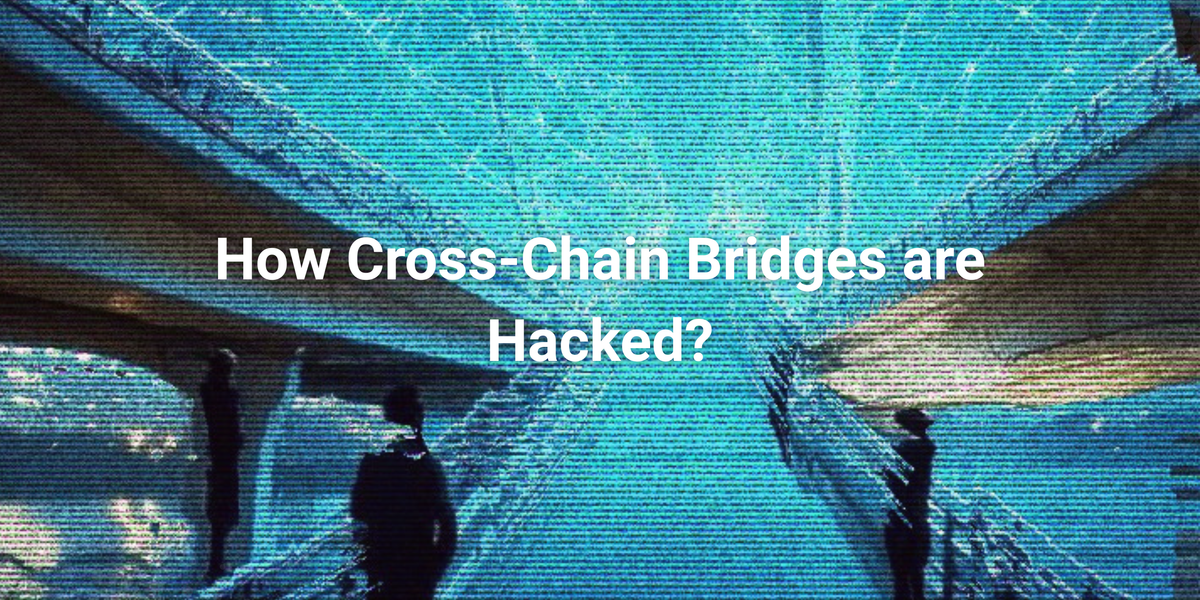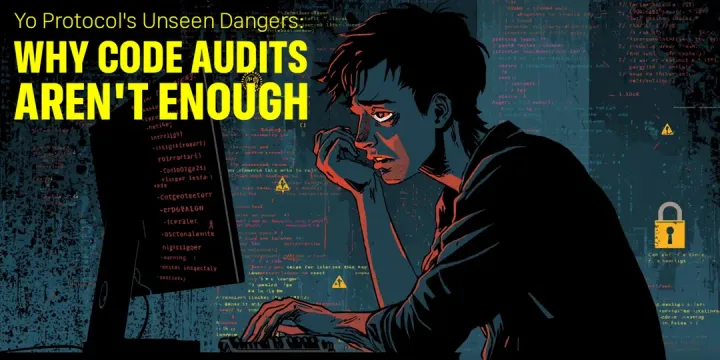How Cross-Chain Bridges Get Hacked: Top Exploits & How to Stay Safe

Source: Officer's Blog - How Cross-Chain Bridges are Hacked?
Cross-chain bridges are essential tools enabling assets and data to move between isolated blockchains like Ethereum, Solana, and Binance Smart Chain. They fuel the multi-chain DeFi, NFT, and enterprise economies by unlocking liquidity and facilitating cheaper transactions. But this connectivity comes with heavy risks: over $2.8 billion has been stolen from bridges since 2022, making them top targets for hackers.
What Are Cross-Chain Bridges?
Bridges are decentralized applications that link separate blockchains, allowing token transfers and communication between networks. The process looks like this:
Main Bridge Types
- Deposit/Lock: Assets are sent to a contract on the source chain and locked or burned.
- Cross-Chain Messaging: A validator or oracle confirms the deposit and relays proof to the destination chain.
- Mint/Unlock: Equivalent tokens are minted or released on the target chain.
- Lock-and-Mint: Locks original tokens on one chain; mints corresponding tokens on another (common for wrapped assets).
- Burn-and-Mint: Burns tokens on the source, mints on destination (gas-efficient but riskier).
- Lock-and-Unlock: Locks tokens on source; releases from a liquidity pool on destination, usually fee-incentivized.
Major Bridge Hacks to Know
- Binance Smart Chain Bridge ($568M, Oct 2022): Exploited proof verification bug; 2 million BNB stolen.
- Nomad Bridge ($200M, Aug 2022): Smart contract failed to validate transaction inputs properly.
- Harmony Horizon Bridge ($100M, Jun 2022): Private key theft led to multi-crypto losses.
- Ronin Bridge ($600M, Mar 2022): Attacker breached 5 of 9 validators, stealing ETH and USDC.
- Poly Network ($600M, Aug 2021): Multi-chain hack; largest crypto theft to date.
- Wormhole Bridge ($320M, Feb 2022): Smart contract minting bug exploited to release fake tokens.
In 2023-24, human errors like leaked keys and compromised validators caused multibillion-dollar losses in bridge attacks including Multichain and Orbit Chain.
How Do Hackers Break Bridges?
- Fake Deposit Events: Generating false deposit signals to trick the bridge into releasing tokens.
- Message Verification Bugs: Inadequate validation of signatures or transaction proofs, letting hackers withdraw funds falsely.
- Poor Access Controls: Missing restrictions on sensitive functions like ownership transfers and pausing contracts.
- Validator Takeovers: Controlling the majority of validators to approve fraudulent moves (Ronin hack case).
- Admin Key Leaks: Stolen admin private keys hand over full control to attackers.
Best Security Practices
- Multiple Audits & Bug Bounties: Use independent audits, fuzz testing, and incentivize whitehat reporting.
- Decentralize Validation: Employ multi-network validators and slashable staking to eliminate single points of failure.
- Strong Key Management: Hardware security modules (HSMs), multi-signature wallets, and role-based permissions protect keys.
- Continuous Monitoring: AI-powered anomaly detection, circuit breakers, and withdrawal limits help catch attacks early.
- Thorough Testing: Rigorous examination of all upgrade paths and off-chain components to reduce attack surface.
Final Takeaway
Cross-chain bridges connect blockchain ecosystems but remain high-risk zones due to their complex design and human factors. As multi-chain DeFi grows ($55B TVL in 2025), security needs to catch up through better audits, decentralized governance, and operational vigilance. Builders and users must treat bridges as sensitive infrastructure requiring constant care-not just convenient utilities.
The future of Web3 interoperability depends on smarter bridge security, not just richer chains.


